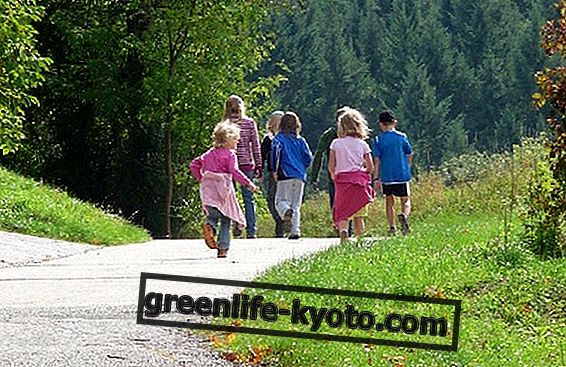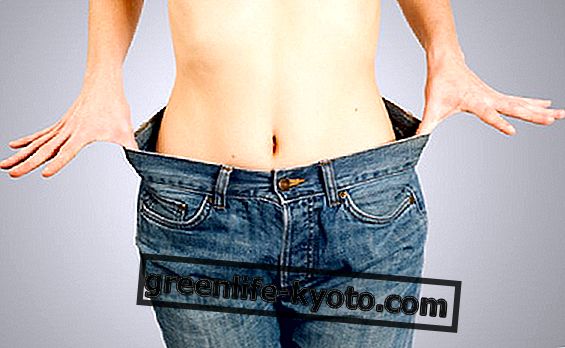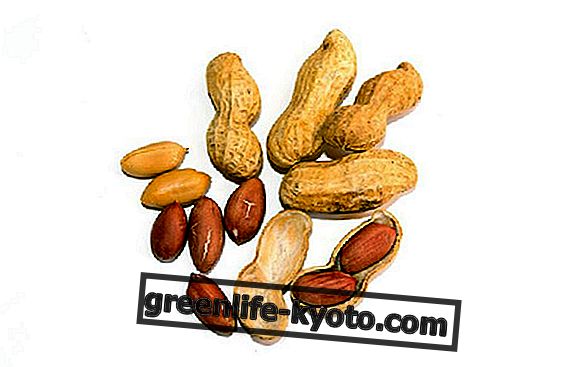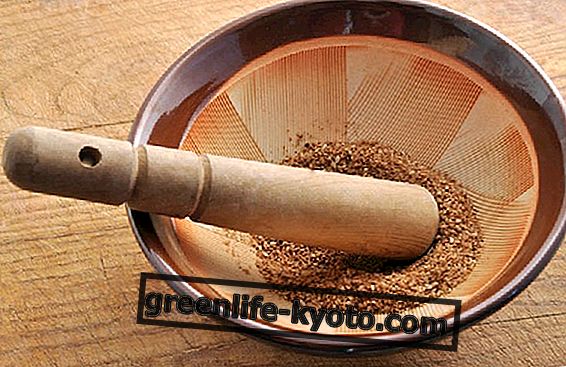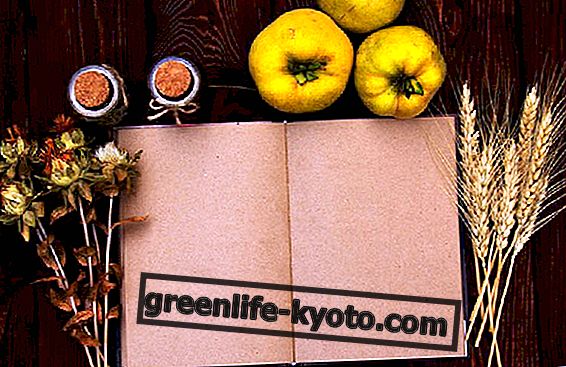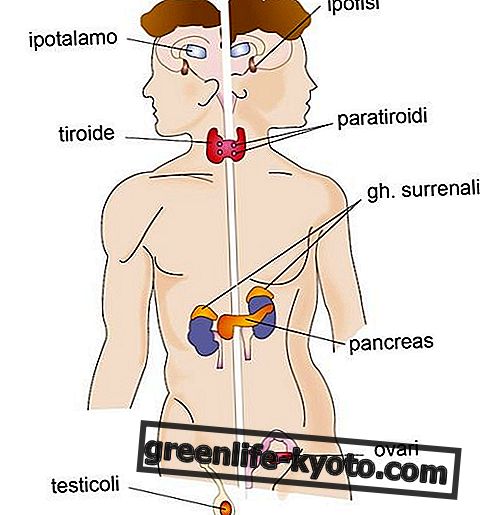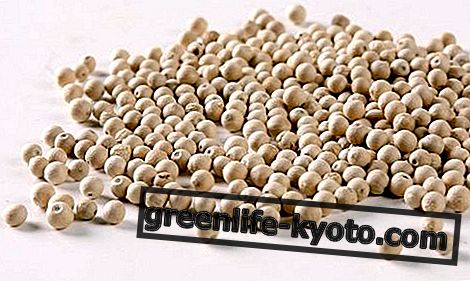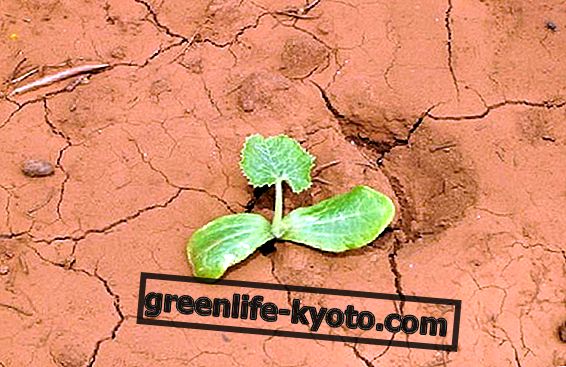
Cultivating the vegetable garden, even a very small vegetable garden, is a hobby that is good for health for a whole series of reasons including the stay in the open air that this activity requires and the possibility of eating healthier food. Here's how to cultivate two seedlings for vegetable garden that can be obtained successfully in Italy.
Vegetable seedlings: carrot
Carrots have numerous beneficial properties : they protect the body from free radicals, help to strengthen the immune system, help regulate the intestine in the event of diarrhea, are diuretic, purifying and very rich in vitamins.
There are many varieties of carrots; the most cultivated in the garden are those with red or orange roots.
How to cultivate the carrot : it prefers the temperate climate and can be cultivated with good results throughout Italy. The ideal soil is sandy or calcareous-clayey, properly drained and fertilized. The carrot feeds on the organic substances left by the vegetable plants previously cultivated in the same soil and follows with good results the leek and garlic; it should never be planted after the chard. Before sowing it again in the same land, wait at least three years. It can be grown together with other seedlings for vegetable garden and goes well with spinach, radishes, lettuce and peas.
It is good to sow the carrots in a row and space the seedlings about 4 or 5 cm apart; the rows, instead, should be distant from each other more or less 20 cm. Carrots can be grown at different times of the year: the harvest clearly depends on the time of sowing.
Vegetable seedlings: lettuce
Raise your hand the aspiring farmer who has not thought of putting some lettuce plants in his garden. Even lettuce has numerous beneficial properties : not everyone knows, for example, that it reconciles sleep and that it should therefore be ideally consumed in the evening. It is one of the summer foods par excellence because, being over 90% water, it helps rehydration; however it goes very well all year. It is rich in fiber and is ideal for those who want to go on a diet as it provides a very limited calorie intake . At the same time, however, it is a concentrate of nutrients : vitamin C, B vitamins, potassium, calcium, folic acid, iron and sodium.
How to grow lettuce : there are several varieties of lettuce that can be classified by season: there are spring, summer-autumn and winter lettuces. In Italy many of the lettuce varieties grow well, the advice is however to get information from an expert about the most suitable for cultivation in the place where you live. In general, lettuce loves a temperate climate and detests both cold and excessive heat. The ideal soil is loose and well worked. Lettuce is suitable for starting an agricultural rotation, it should not be planted in the same place for three years and should not follow pea, broad beans, beans and cabbage seedlings.
It can be grown next to other vegetable plants; as well as with carrots, it goes well with artichokes, celery, courgettes, onions, radishes and tomatoes. Seeds should be planted in a seedbed; after about a month the seedlings must be transplanted in rows about 40 cm apart from each other. As soon as the plants are transplanted they need a lot of water; later, if it does not rain, it is necessary to continue to water regularly, but with more moderation.
Vegetable seedlings: courgette
Another classic of vegetable plants is the courgette. Courgettes are rich in folic acid, vitamin C, vitamin E and potassium. They are anti-inflammatory and diuretic, as well as being very good in constipation.
How to grow courgettes : it needs a temperate and warm climate, not very windy and needs a lot of sun. The soil must be quite fertile and worked in depth. Courgette seedlings need a lot of water. In addition to lettuce, it can be planted near onions and climbing beans. It is a renewal plant and should be sown between March and May using four seeds per hole. The holes must be a couple of centimeters apart from each other and rather deep (about 80 cm).
Sowing can also be done in pots with soil, putting two or three seeds per jar. Once the seedlings are large enough, and that is when three or four leaves are ticked, it is necessary to carry out the transplant. Courgettes are harvested throughout the summer.
